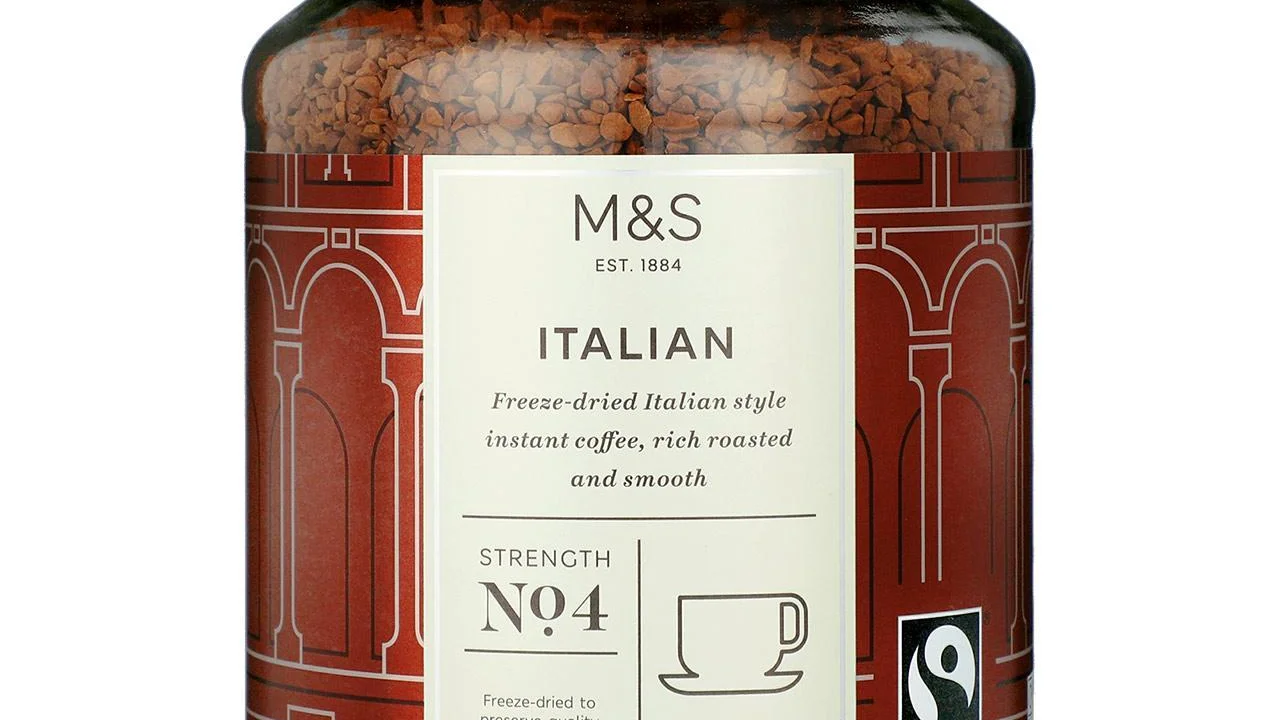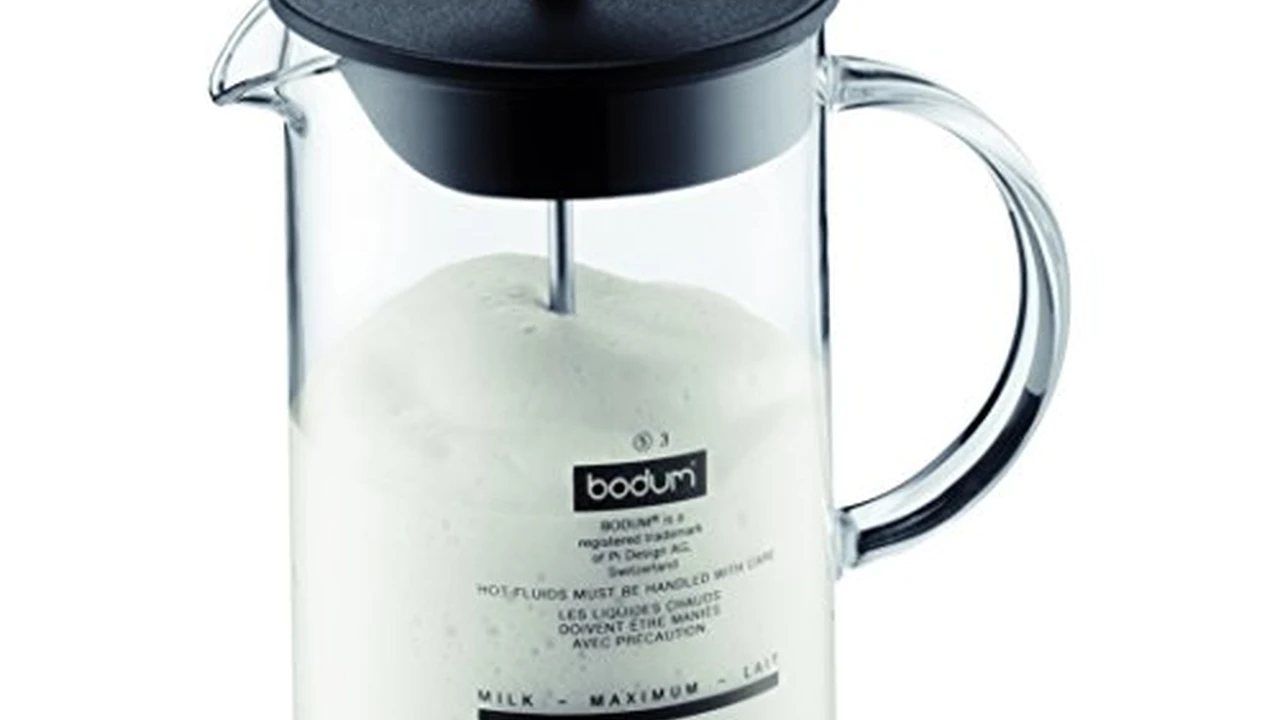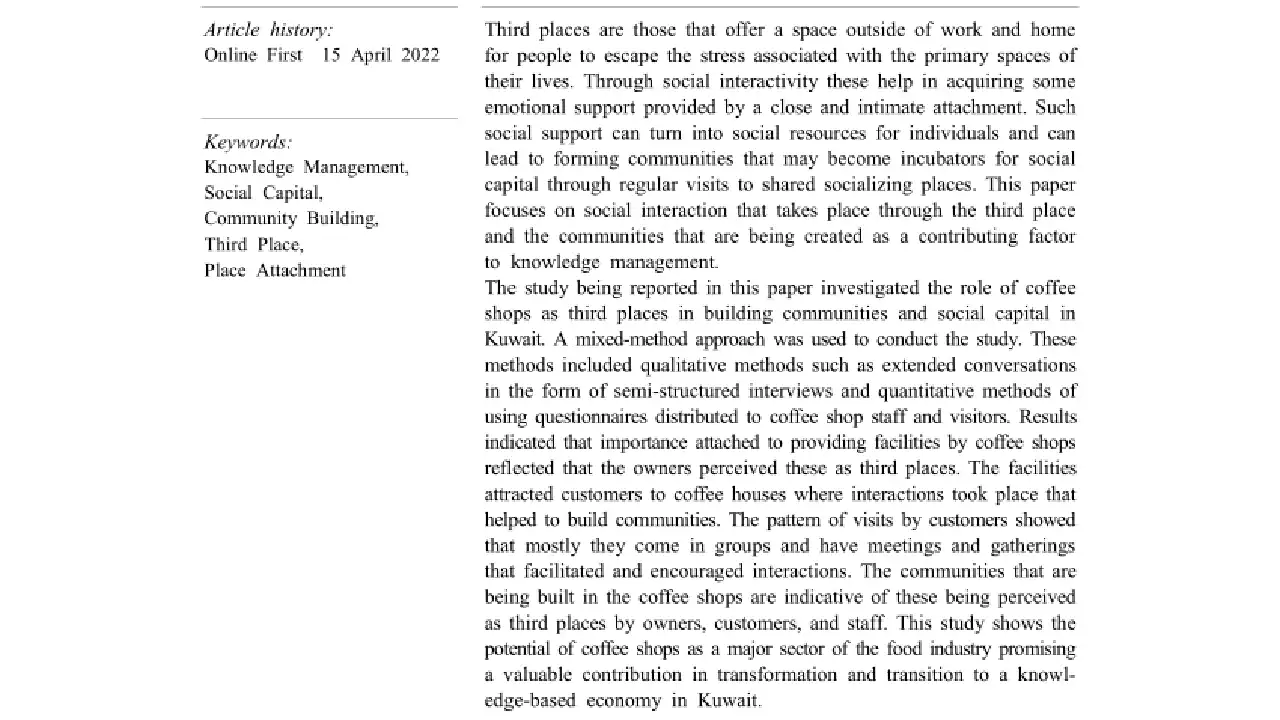Fair Trade Coffee: Supporting Ethical Coffee Production

meta description: Coffee pod machines offer unparalleled convenience, but how does the coffee quality compare? We weigh the pros and cons of pod machines, considering ease of use, cost, and environmental impact. Make an informed decision.
Coffee Pod Machines The Ultimate Convenience
Let's face it, mornings can be hectic. Who has time to grind beans, measure grounds, and meticulously brew the perfect cup when you're rushing to get out the door? Coffee pod machines swoop in to save the day with their remarkable convenience. Just pop in a pod, press a button, and voila! A hot cup of coffee is ready in seconds. This ease of use makes them ideal for busy individuals, small offices, or anyone who values speed and simplicity.
The appeal of pod machines isn't just about speed. They also eliminate the mess associated with traditional coffee brewing. No more spilled grounds or sticky filters to deal with. The used pods are typically self-contained, making cleanup a breeze. Plus, many pod machines offer consistent results, ensuring that each cup tastes the same, regardless of who's making it.
Coffee Pod Quality Is It Worth the Trade Off?
While convenience is king, the question of coffee quality remains a crucial one. Traditional coffee brewing methods, such as pour-over or French press, allow for greater control over variables like water temperature, grind size, and brewing time. This level of control can significantly impact the flavor and aroma of the final product. Coffee pod machines, on the other hand, often sacrifice some of this control for the sake of convenience.
One common criticism of pod coffee is that it can taste bland or one-dimensional compared to freshly brewed coffee from high-quality beans. This is often due to the fact that the coffee in pods is pre-ground and can lose some of its freshness and volatile oils over time. However, the quality of pod coffee has improved significantly in recent years, with many brands now offering pods made with specialty-grade coffee beans and nitrogen-flushed packaging to preserve freshness.
Another factor to consider is the limited variety of coffee options available for some pod machines. While some systems offer a wide range of flavors and roasts, others are restricted to proprietary pods, limiting your ability to experiment with different coffee beans and brewing styles. This can be a drawback for coffee enthusiasts who enjoy exploring the nuances of different coffee origins and processing methods.
Cost Analysis Coffee Pods vs Traditional Brewing
The long-term cost of coffee pod machines is another important consideration. While the initial investment in a pod machine may be relatively low, the cost of replacing pods can quickly add up over time. Compared to buying whole beans and grinding them yourself, coffee pods are generally more expensive per cup.
To illustrate this point, let's compare the cost of a cup of coffee brewed with a Nespresso machine versus a pour-over method using specialty-grade coffee beans:
- Nespresso: A Nespresso pod typically costs around $0.70 to $1.00 per pod.
- Pour-Over: A pound of specialty-grade coffee beans typically costs around $15 to $20. If you use 15 grams of coffee per cup, that equates to roughly $0.50 to $0.65 per cup.
While the difference in cost per cup may seem small, it can become significant over time, especially if you drink multiple cups of coffee per day. For example, if you drink two cups of Nespresso coffee per day, you could be spending an extra $150 to $300 per year compared to brewing with whole beans.
However, it's important to note that the cost of traditional brewing can also vary depending on the equipment you use. Investing in a high-quality grinder and pour-over setup can be more expensive upfront than buying a pod machine. Ultimately, the most cost-effective brewing method will depend on your individual preferences and consumption habits.
Environmental Impact The Pod Problem
One of the biggest criticisms of coffee pod machines is their environmental impact. The vast majority of coffee pods are made from plastic or aluminum, which are not biodegradable and can take hundreds of years to decompose in landfills. The sheer volume of discarded pods contributes significantly to plastic waste and pollution.
Fortunately, some companies are taking steps to address this issue. Nespresso, for example, has implemented a recycling program that allows customers to return their used pods for processing. The aluminum is then recycled into new products, and the coffee grounds are composted. However, the effectiveness of these recycling programs depends on consumer participation and the availability of recycling facilities.
Another solution is to opt for biodegradable or compostable coffee pods. These pods are typically made from plant-based materials that break down naturally in compost piles. While they may be slightly more expensive than traditional pods, they offer a more sustainable alternative for environmentally conscious coffee drinkers.
Coffee Pod Machine Recommendations and Comparisons
Here are a few popular coffee pod machines, along with their pros, cons, and price ranges:
Nespresso VertuoLine The Versatile Option
Pros: Wide range of coffee options, including espresso and regular coffee; convenient and easy to use; sleek and stylish design; recycling program available.
Cons: Only compatible with Nespresso VertuoLine pods; can be more expensive than other pod machines; some users find the coffee to be slightly bitter.
Price Range: $150 - $300
Best For: Individuals who enjoy both espresso and regular coffee and value convenience and variety.
Keurig K-Elite The Budget-Friendly Choice
Pros: Affordable; compatible with a wide range of K-Cup pods; easy to use; offers multiple brew sizes; strong brew option for bolder coffee.
Cons: Coffee quality can be inconsistent; can be noisy; produces more plastic waste than other pod machines; some users find the design to be less stylish.
Price Range: $100 - $150
Best For: Budget-conscious individuals who want a convenient and easy-to-use coffee maker with a wide range of coffee options.
illy Y3.3 Espresso Machine The Espresso Purist
Pros: Produces high-quality espresso; compact and stylish design; easy to use; compatible with illy iperEspresso pods.
Cons: Only makes espresso; limited coffee options; pods can be more expensive than other brands.
Price Range: $150 - $200
Best For: Espresso lovers who value quality and convenience.
Lavazza A Modo Mio Jolie The Stylish Italian
Pros: Stylish Italian design; easy to use; produces good quality espresso; compact size; affordable.
Cons: Only compatible with Lavazza A Modo Mio pods; limited coffee options.
Price Range: $80 - $120
Best For: Those who appreciate Italian design and want a compact and affordable espresso machine.
Alternative Brewing Methods A Quick Look
While coffee pod machines are convenient, there are other brewing methods to consider if quality is your top priority:
- Pour-Over: Offers excellent control over brewing parameters, resulting in a nuanced and flavorful cup of coffee. Requires a bit more skill and patience.
- French Press: Produces a full-bodied and rich cup of coffee. Easy to use and relatively inexpensive.
- Aeropress: Versatile and portable. Can be used to brew both espresso-style coffee and regular coffee.
- Moka Pot: Brews a strong and concentrated coffee similar to espresso. Requires careful attention to avoid burning the coffee.
The Final Verdict Choosing the Right Coffee Solution
Ultimately, the best coffee brewing method for you will depend on your individual needs and preferences. If convenience and speed are your top priorities, a coffee pod machine may be the perfect choice. However, if you value coffee quality and are willing to invest a bit more time and effort, traditional brewing methods may be a better fit.
Consider the following factors when making your decision:
- Convenience: How much time and effort are you willing to invest in brewing coffee?
- Coffee Quality: How important is the flavor and aroma of your coffee?
- Cost: How much are you willing to spend on coffee per cup?
- Environmental Impact: Are you concerned about the environmental impact of coffee pods?
- Variety: Do you want a wide range of coffee options to choose from?
By carefully weighing these factors, you can choose the coffee brewing method that best suits your lifestyle and budget.
:max_bytes(150000):strip_icc()/277019-baked-pork-chops-with-cream-of-mushroom-soup-DDMFS-beauty-4x3-BG-7505-5762b731cf30447d9cbbbbbf387beafa.jpg)






